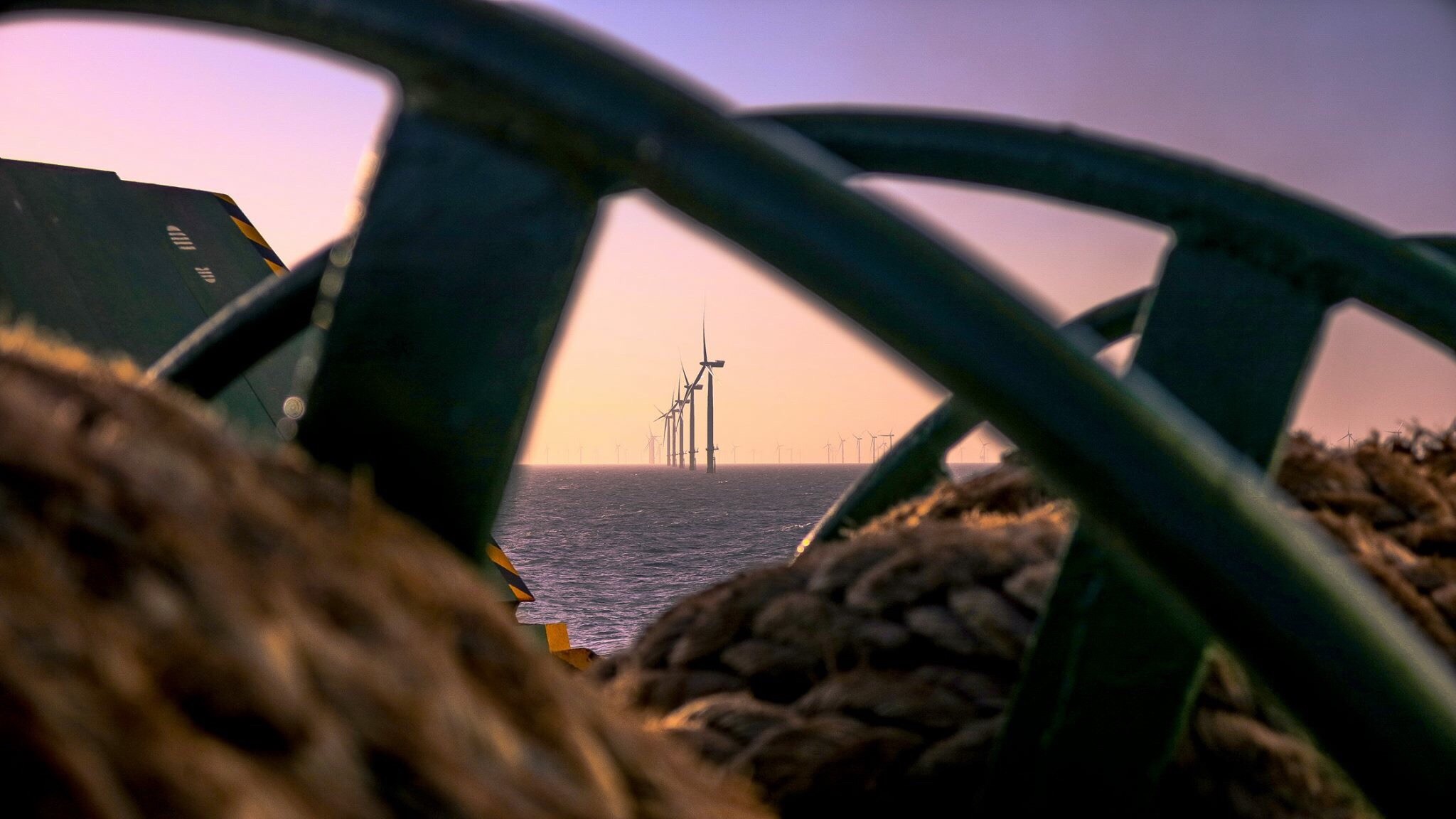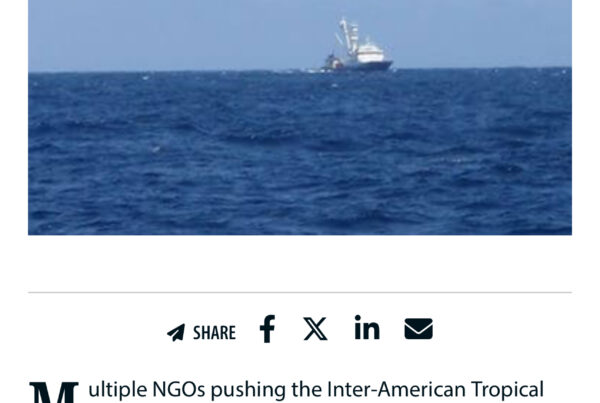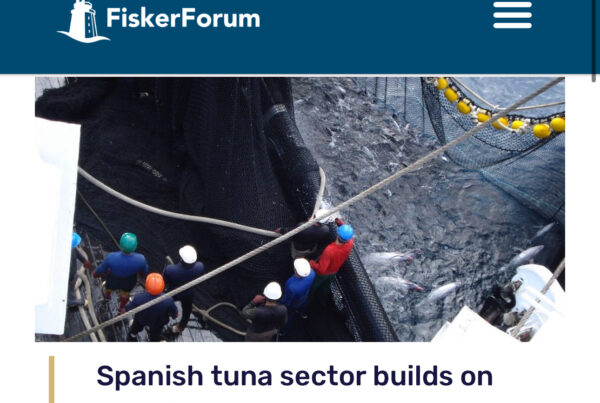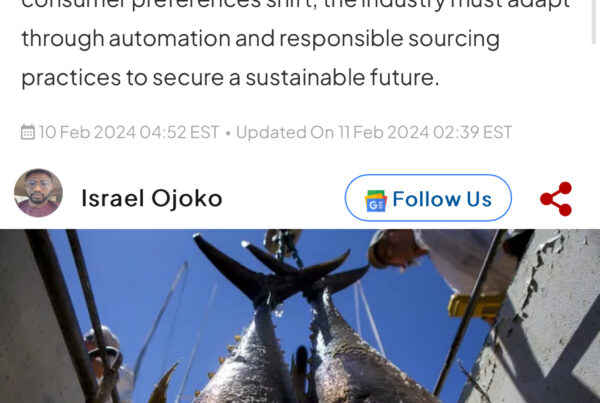WASHINGTON — In yet another step forward in the Biden-Harris administration’s pursuit of a clean energy economy, the Department of the Interior today announced the next steps for and welcomed public comment on offshore wind lease sales in two regions on the Outer Continental Shelf offshore California. This is the first-ever offshore wind lease sale proposed on America’s west coast.
In May 2021, Secretary of the Interior Deb Haaland, White House National Climate Advisor Gina McCarthy, Under Secretary of Defense for Policy Dr. Colin Kahl, and California Governor Gavin Newsom announced an agreement to advance areas for wind energy development offshore the northern and central coasts of California. The proposed sale is part of the leasing path announced last year by Secretary Haaland to meet the Biden-Harris administration’s goal to deploy 30 gigawatts (GW) of offshore wind energy by 2030.
“The demand and momentum around our work to build a clean energy future is undeniable. The Biden-Harris administration is moving forward at the pace and scale required to help achieve the President’s goals to make offshore wind energy a reality for the United States,” said Secretary Deb Haaland. “Today, we are taking another step toward unlocking the immense potential of offshore wind energy offshore our nation’s west coast to help combat the effects of climate change while creating good-paying jobs.”
The Proposed Sale Notice (PSN) includes three proposed lease areas in the Morro Bay Wind Energy Area off central California and two proposed lease areas in the Humboldt Wind Energy Area off northern California, totaling approximately 373,268 acres that have the potential to unlock over 4.5 gigawatts of offshore wind energy, power more than 1.5 million homes, and support thousands of new jobs.
“Today’s action represents tangible progress towards achieving the Administration’s vision for a clean energy future offshore California, while creating a domestic supply chain and good-paying union jobs,” said Bureau of Ocean Energy Management Director Amanda Lefton. “BOEM is committed to robust stakeholder engagement and ensuring any offshore wind leasing is done in a manner that avoids or minimizes potential impacts to the ocean and ocean users. The Proposed Sale Notice provides another opportunity for local communities, Tribes, ocean users, developers and others to weigh in on potential wind energy activities offshore California.”
To date, BOEM has held 10 competitive lease sales and has issued 25 active commercial offshore wind leases in the Atlantic Ocean from Massachusetts to North Carolina. The California lease sale will be the first in the Pacific region.
The PSN, which will publish in the Federal Register on May 31, 2022, opens a 60-day public comment period and provides detailed information about the proposed lease areas, proposed lease provisions and conditions, and auction details.
BOEM is seeking feedback on several lease stipulations that will reaffirm its commitment to create good-paying union jobs and engage with Tribal governments, underserved communities, ocean users, and other stakeholders. Some of these potential stipulations include:
A 2.5% bidding credit to bidders who have executed or commit to executing a community benefit agreement with a community or ocean users (e.g., commercial fisheries) whose use of a lease area, or whose use of resources harvested from a lease area, is directly impacted by the lessee’s potential offshore wind energy development.
A 20% bidding credit to bidders who commit to invest in programs that will advance U.S. offshore wind energy workforce training, supply chain development, or both.
A requirement that lessees make every reasonable effort to enter into a project labor agreement covering the construction of any project proposed for the lease area.
Requirements for lessees to engage with Tribes, underserved communities, ocean users, and agencies. Lessees will be required to report on their engagement and make reasonable efforts to implement their projects in a manner that minimizes and mitigates their projects’ adverse effects, if any, on these parties.



